South Africa: Exploring Africa’s most LGBTQ-friendly country
We explore our wild side in the Shambala Private Game Reserve before sampling city life in Johannesburg.
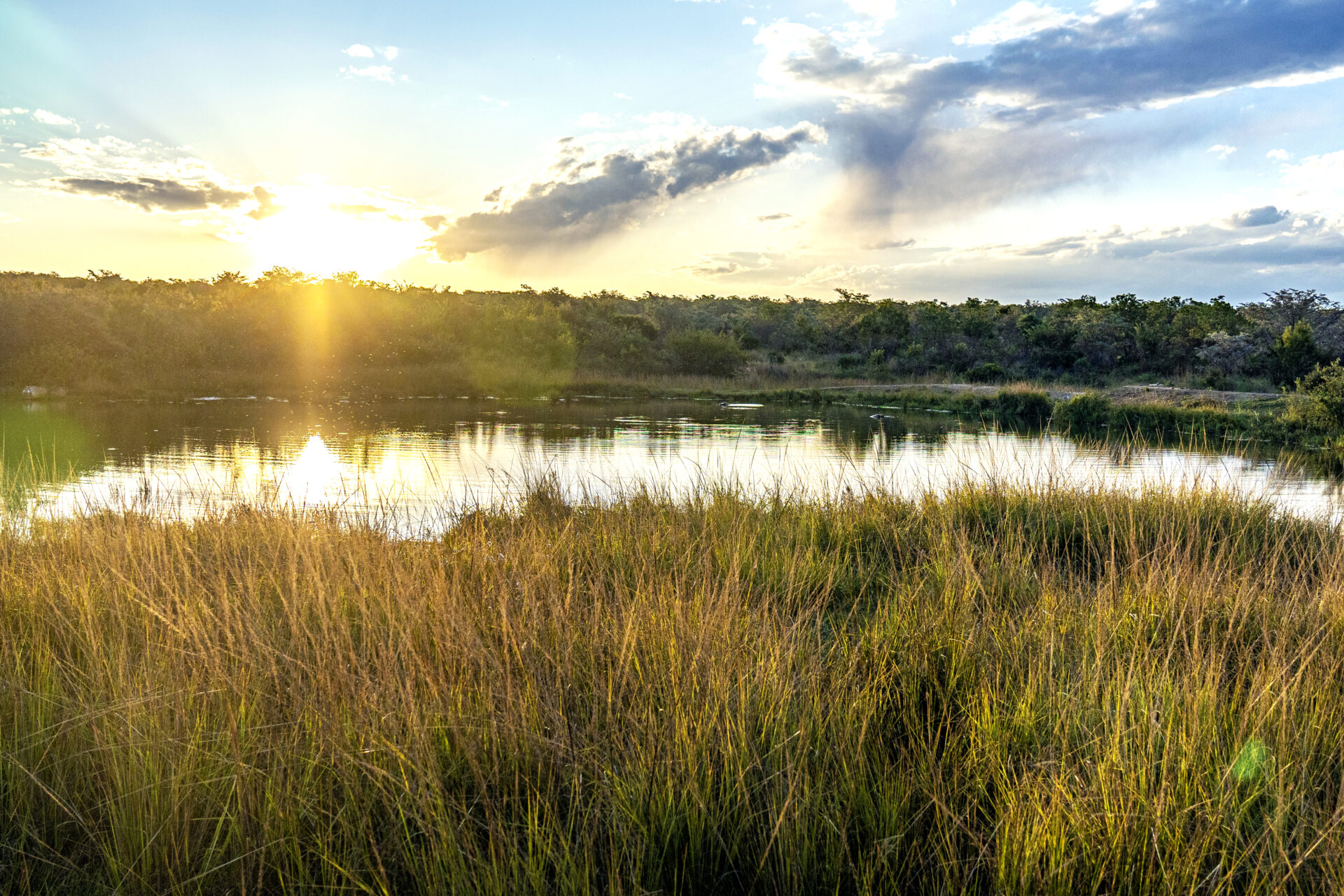
This feature on South Africa first appeared in Attitude issue 349.
A pride of lions encircles us. Perched in the open back of a 4×4, we are completely exposed
— there’s nothing to stop these beautiful but deadly beasts from attacking us. We remember our safari guide’s advice: if we don’t stand up, the predators will see our eight-strong group as one big unit and leave us alone.
We watch, fascinated, as two lionesses tumble across the grassy plains, playfully leaping on and swiping at each other with their huge paws. Nearby, their sister fends off the attentions of a male lion, and their mother takes a rest. It is a rainy, stormy night and all is pitch-black apart from the powerful torches of our game-viewing vehicle and the occasional lightning strike illuminating the purple clouds above.
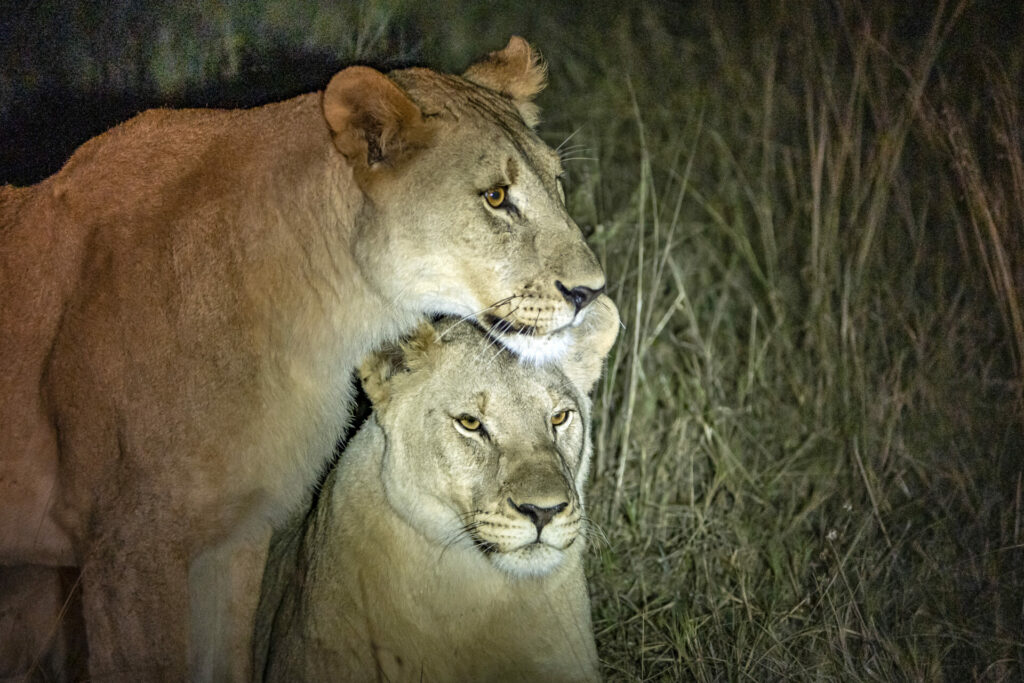
After 20 minutes or so, the big cats start to move on, and our guide drives us back to the well-worn dirt track, disturbing three sleeping rhinos on the way.
We are in the 10,000-hectare, malaria-free Shambala Private Game Reserve in South Africa. An easy two-and-a-half-hour drive from Johannesburg international airport, it is unique for being a big-five reserve that doesn’t share its land with any other. Unlike the country’s sprawling Kruger National Park, where off-roading is forbidden, here, our guide can take us anywhere to get a closer look — the 600mm camera lens I rented may not be required after all.
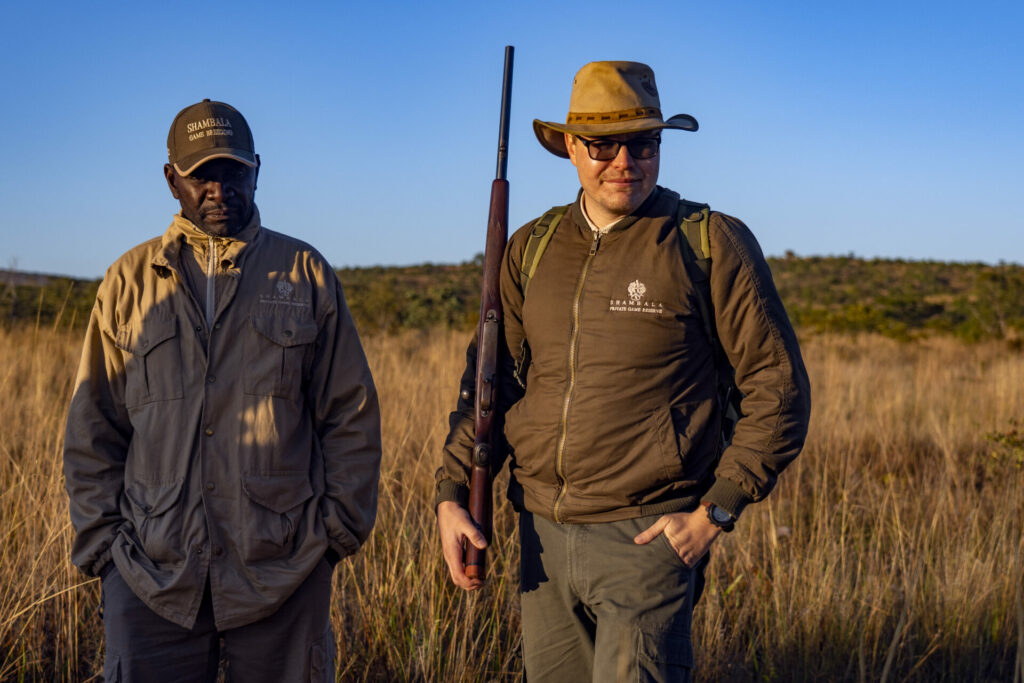
Shambala’s lodge is made up of nine luxury chalets, each styled like traditional Zulu thatched huts. Their rounded walls are lined on the inside with reeds that make a pleasant twanging sound when I strum them with my fingers. Inside, there’s a generous bathroom with a bath, separate powerful shower, and locally made toiletries, while a second shower is outside. There is also a small deck overlooking a valley, and each night I hear the trickle of the stream as I drift off to sleep.
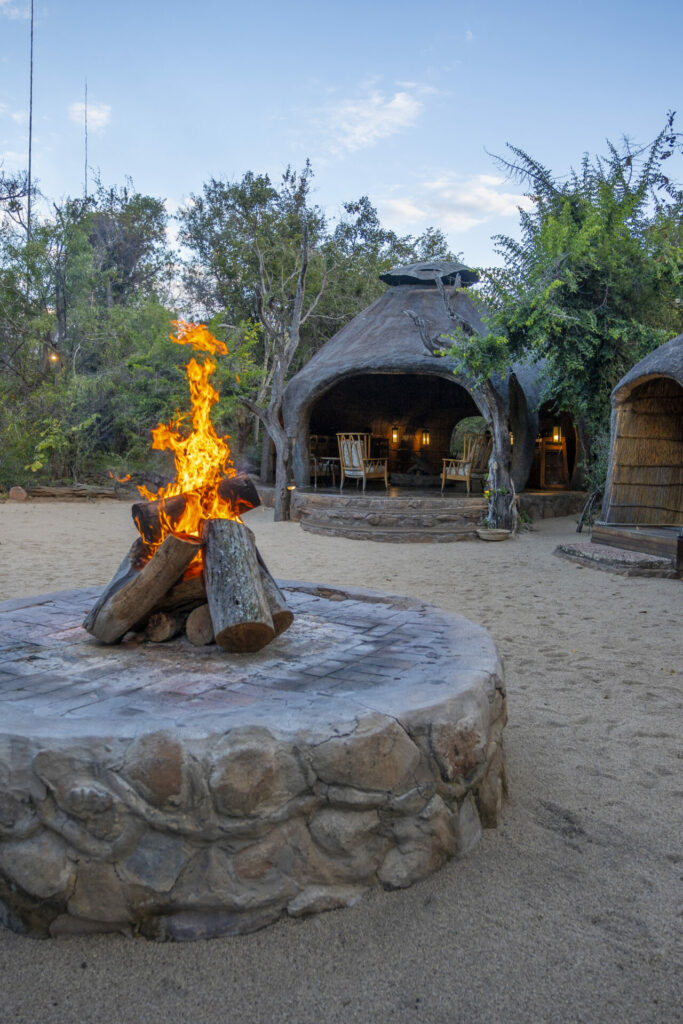
Between safari drives and stargazing on our two-day stay, we dine on exquisite meals prepared by the chef. On one night we are treated to a braai — a South African barbecue — around a large open fire. Then, after a bush walk one morning, we return to find a magnificent breakfast laid out on a table beside a lake that’s popular with hippos.
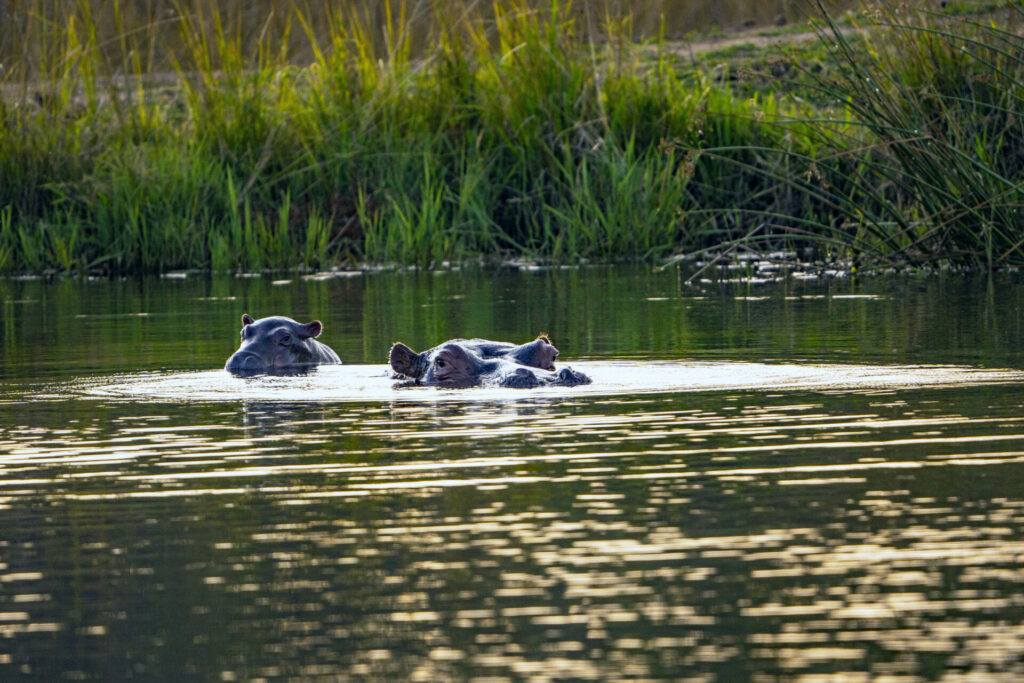
During our game drives we spot everything from antelope with Adam Ant-like face markings, dazzles of zebras, black-backed jackals, blue-helmeted guineafowl, and stunning white-fronted bee-eater birds. Set against the beautiful Waterburg mountain range, Shambala is so vast that we never once encounter the herd of elephants or tall giraffes. This might sound like a complaint, but it is a reminder that the animals here are not tagged — this is not a zoo.
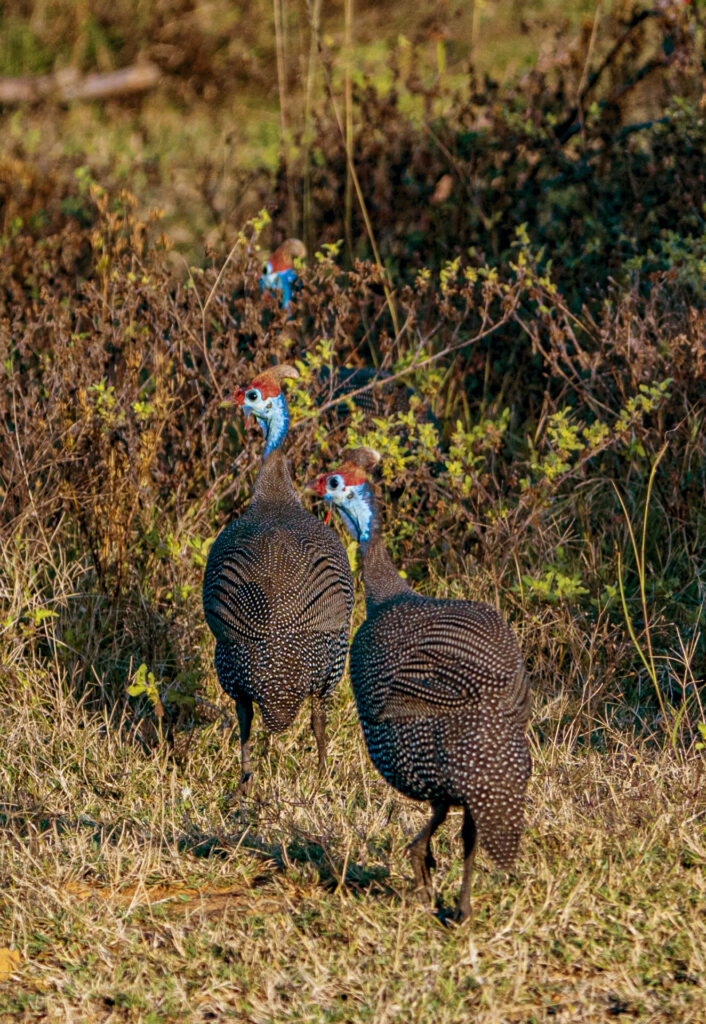
Our guide’s knowledge, passion, and humour keeps us entertained on every trip. He spies animals and birds within the foliage well before any of our party and regales us with harrowing tales of past close encounters with lions and the venomous black mamba. While there is always some danger when going on safari, our guides make us feel safe on every game drive — that said, we go to bed thankful for the lodge walls separating us from the marauding predators outside.
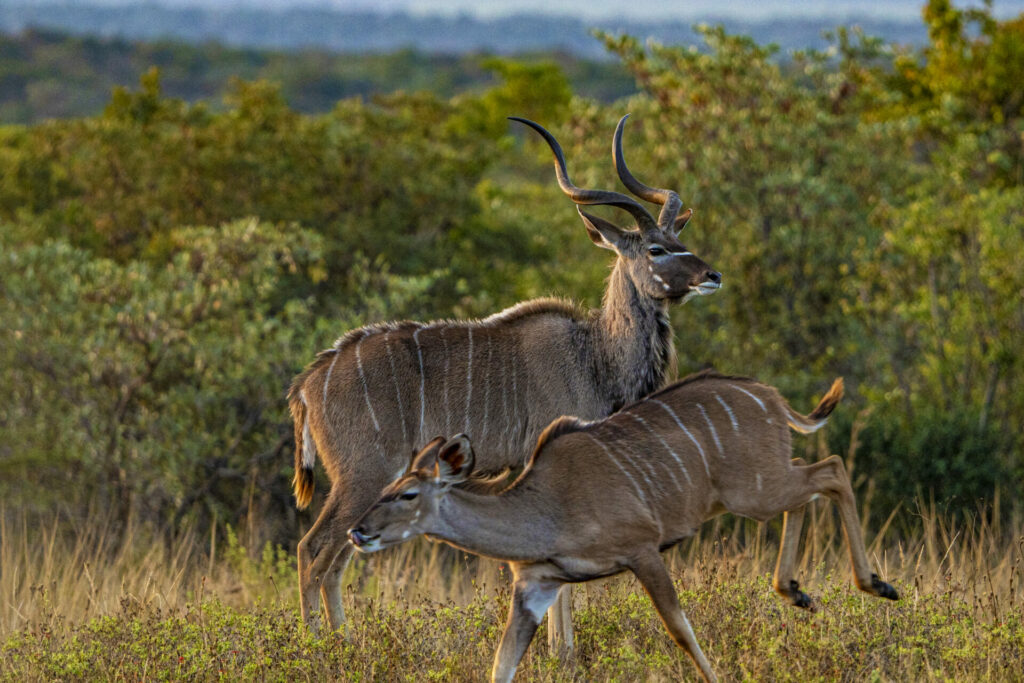
It’s not all animal magic, however. On one occasion, our hosts take us out of the Reserve to EA Davidson School, one of three started by Shambala through a charitable initiative to improve conditions. We are welcomed by a huge group of kids in the playground and soon the whole school is singing and dancing. After we applaud, they proceed to wow us with an unexpected recital of more songs, readings, and a Tsonga dance, which even the staff from Shambala are shocked and moved by.
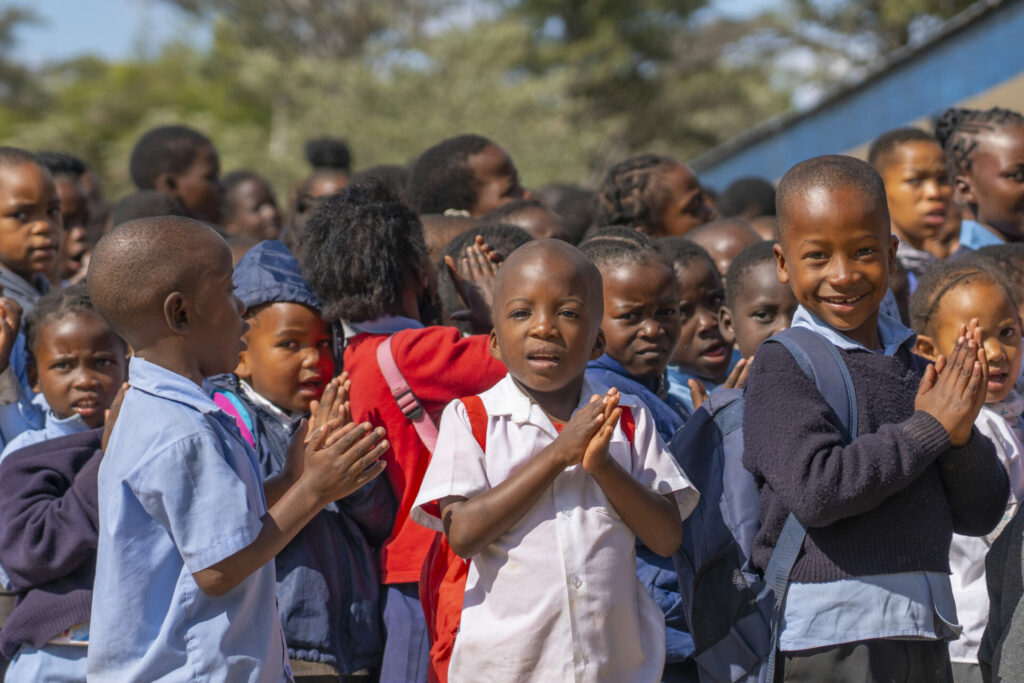
Back within the reserve, we visit the six-bedroom Mandela villa, which Douw Steyn, Shambala’s owner, built for his friend, the late former president of South Africa. We go through the thick, leather-bound visitors’ book which contains photos of Mandela with the Clintons and Oprah. This personal retreat is home to an impressive art collection, an indoor pool, and the office where he wrote Conversations with Myself. Although the Mandela family still visits, the villa is available to book in its entirety.
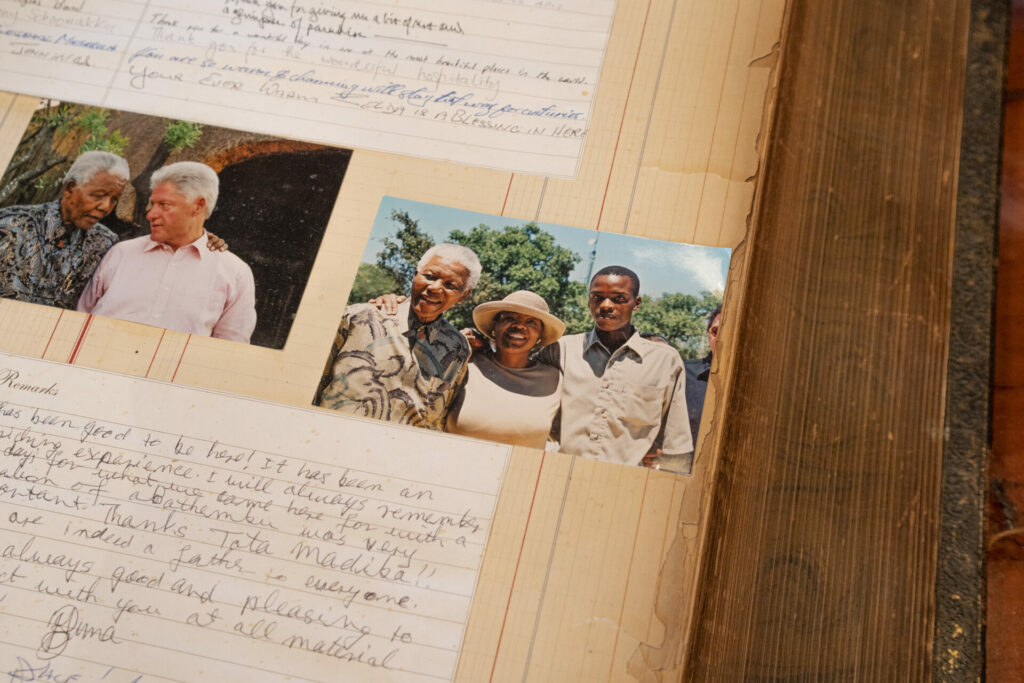
Our time at Shambala at an end, a huge herd of water buffalo snorts a farewell to us when we leave for Johannesburg. Driving into Sandhurst, the financial hub of the city, we pass through streets of high-walled homes until we reach the gates of the Saxon, Shambala’s sister property and the former home of Steyn, who transformed the 10-acre property into a 53-room luxury hotel.
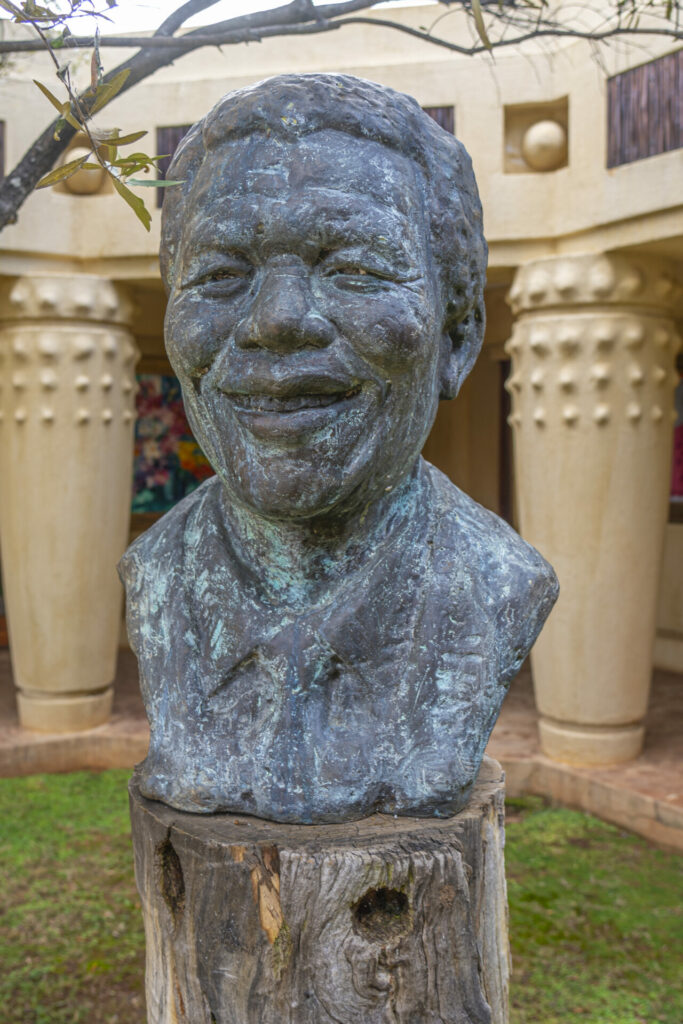
The airy lobby is encircled by fertility statues while the walls of the corridors are covered in drawings of the great and good who have stayed here. Although I don’t spot Beyoncé, the Saxon is namechecked in her ‘Mood 4 Eva’ track on The Lion King: The Gift album, “At the Saxon in the Madiba suite, like Mandela”. Just as he did at Shambala, the former president spent a considerable amount of time here, too. It’s easy to see why.
The all-suite and villa hotel boasts six pools and well-manicured gardens. In the two-storey spa, I take advantage of the saltwater flotation pool and the Himalayan salt sauna before indulging in a Luxury Soul treatment — exfoliation with a Mongongo scrub followed by a massage with wooden tools.
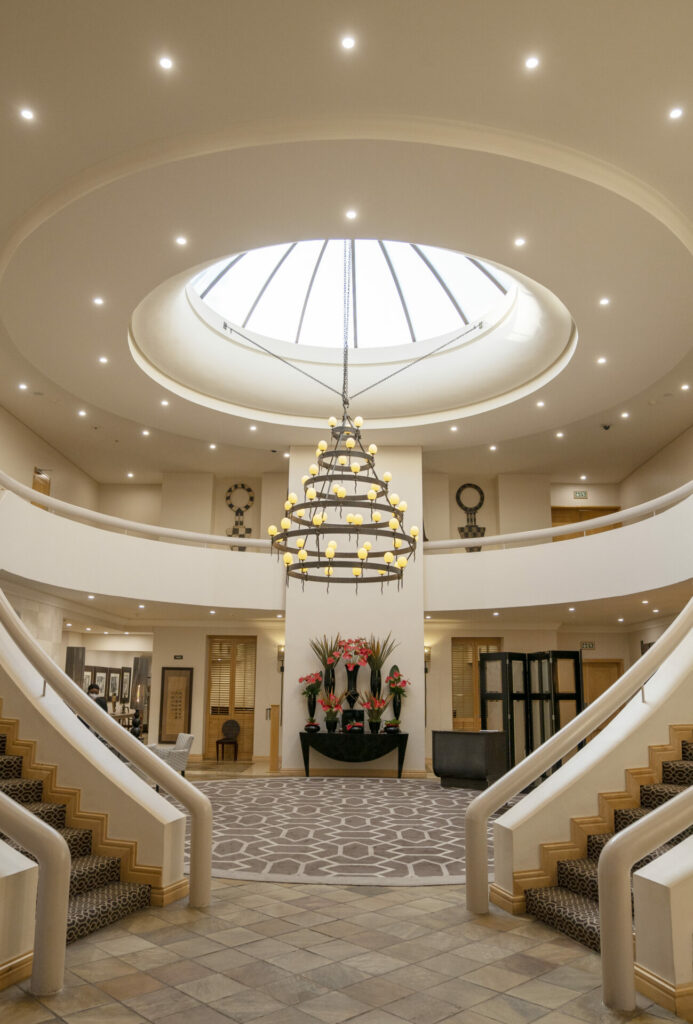
The Qunu restaurant is a destination in its own right. Even breakfast has its own, incredibly sophisticated, à la carte menu, but I forego the oysters for a millet and sweet potato rösti and
a cold-pressed green juice. One evening, the head sommelier teaches me about South Africa’s wines in one of the property’s wine cellars, before I dine on wagyu beef with veg freshly harvested from the rooftop organic garden. And no visit would be complete without an afternoon tea prepared by the pastry chef who offers us both veggie and vegan options — the hotel has gone to great lengths to offer an extensive selection of vegan alternatives on all of their menus.
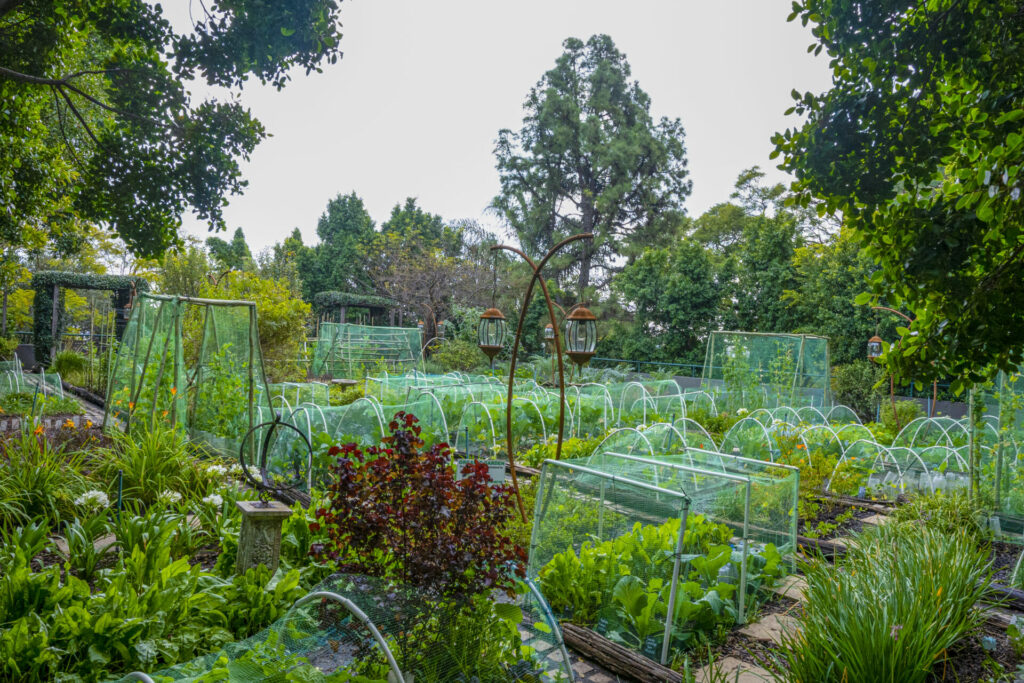
When it’s time to explore Johannesburg, we are joined by tour guide Sarah Barret from Joburg 360. We start with the city’s most historic place, Constitution Hill. This former Old Fort Prison complex imprisoned Mahatma Gandhi four times during the 21 years he resided in South Africa. He was arrested for refusing to carry an identification card — Indians were meant to always have this on their person — and encouraging others to do the same.
Two homegrown freedom fighters incarcerated here were Nelson and Winnie Mandela. This is where, in 1962, Nelson awaited the trial that led to his 27-year imprisonment. Unsurprisingly, his former cell is full of documents relating to his time there.
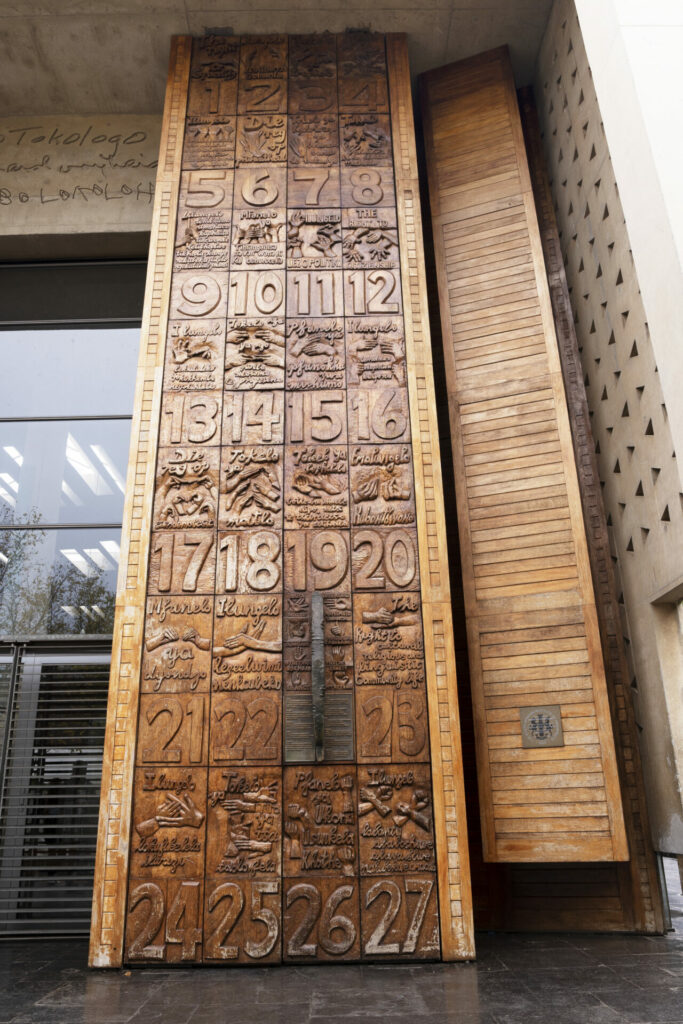
Constitution Hill offers a brutal and poignant look at the country’s turbulent past, but it is far more than a museum. Since 2004 it has been home to the Constitutional Court, the highest court of the land. It is a mine of donated artworks, many of which are woven into the very fabric of the building including the eight-metre-high wooden doors carved with the 27 rights enshrined in the Bill of Rights.
Written in South Africa’s 11 official languages, it is perhaps the most inclusive of its kind in the world, with the equality section offering protections for all genders and sexual orientations. The court itself is open for all to come and visit, reflecting the ethos that, in a country with one of the world’s largest economic gaps between rich and poor, where both walled-in mansions and steel shack-filled townships are commonplace — everyone should have access to justice. It’s also why the Bill of Rights needed to be all-encompassing.
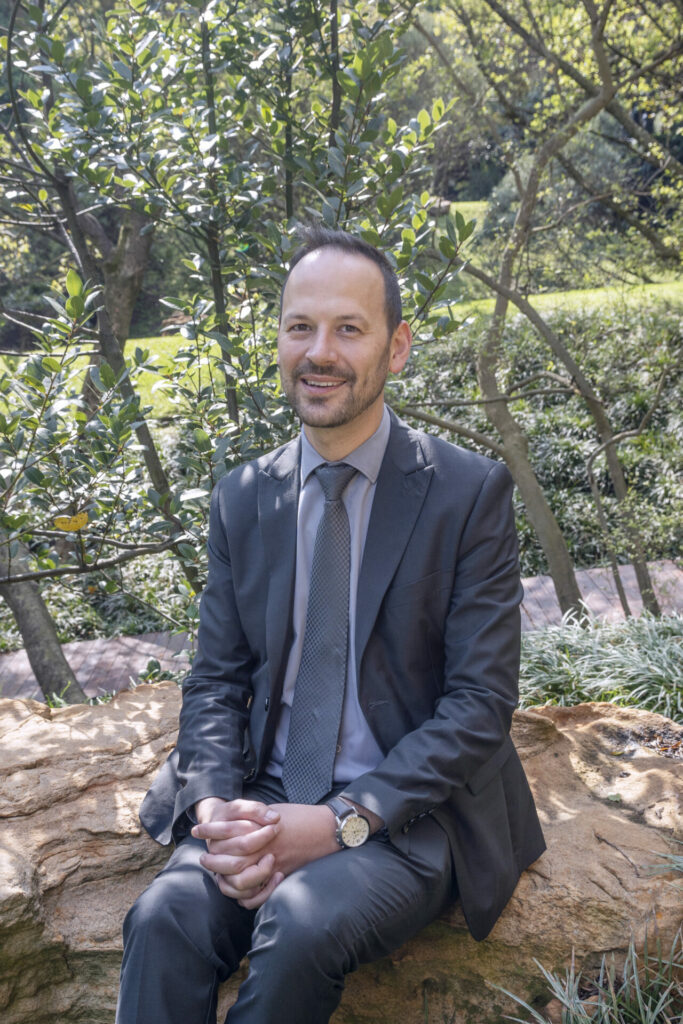
Keen to find out about the queer scene here, I ask Johan, the Saxon’s media relations manager, about nearby gay venues. After he suggests Babylon club and the 50s-style burger joint Beefcake, we get talking about life for LGBTQ+s in South Africa. Johan tells me about growing up in Johannesburg, including his teenage years in the 90s and hearing his grandfather calling gays “animals”. The bullying he experienced at school contributed to his decision not to come out until he had moved out of his parents’ house.
As a white man, Johan’s account of his childhood is very different from that of Lwazi, the lodge manager of Shambala, who is Black and grew up in Cape Town’s Khayelitsha township. Lwazi explains that although it was a tough area to live in, his gayness was accepted. Such a situation is definitely not always the case — on previous trips to South Africa’s townships I have heard horrendous stories of homophobia. Being LGBTQ+ is difficult for many the world over, but here the country’s Bill of Rights is helping to protect the community and change attitudes.
As we leave Constitution Hill, we pass through a small but joyous music festival in the complex — the people really have reclaimed the land as their own.
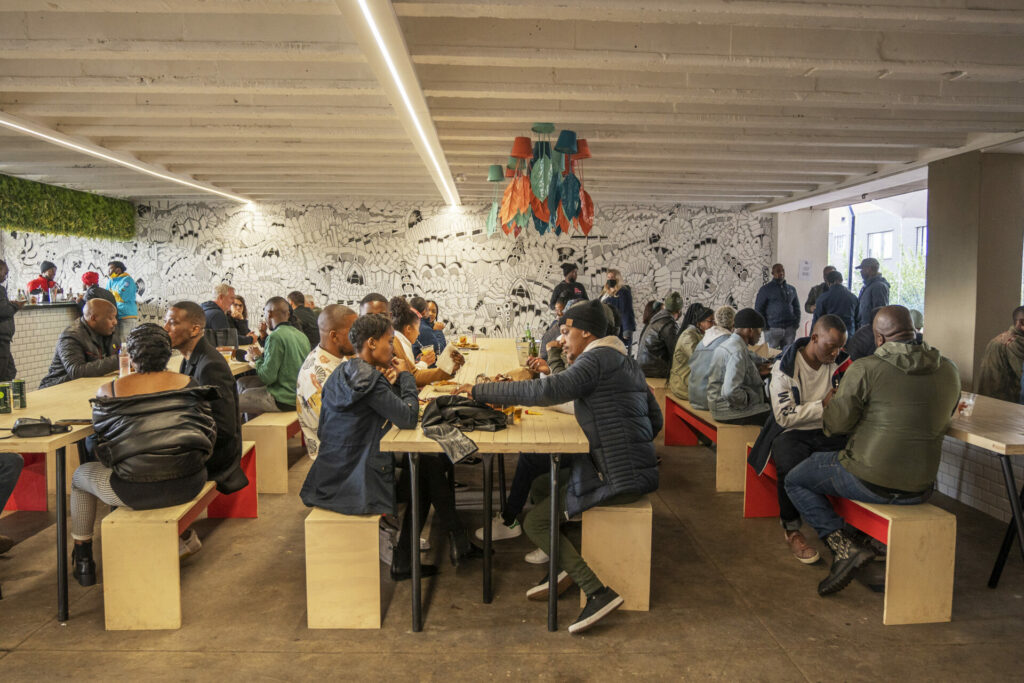
Our next stop is The Playground, a brand-new, indoor space for the popular Neighbourgoods Market. On the first floor, we pick up some lunch from the array of street-food vendors before venturing upstairs to the artisanal market and bar, where there’s live music. Dressed as if they just stepped out of a music video, people are dancing the afternoon away. From my elevated spot on the balcony, in the distance I spot a mural of Mandela painted by Shepard Fairey on a high-rise block. Closer at hand, across the street, is the Great Dane bar, a popular hangout for local LGBTQ+s.
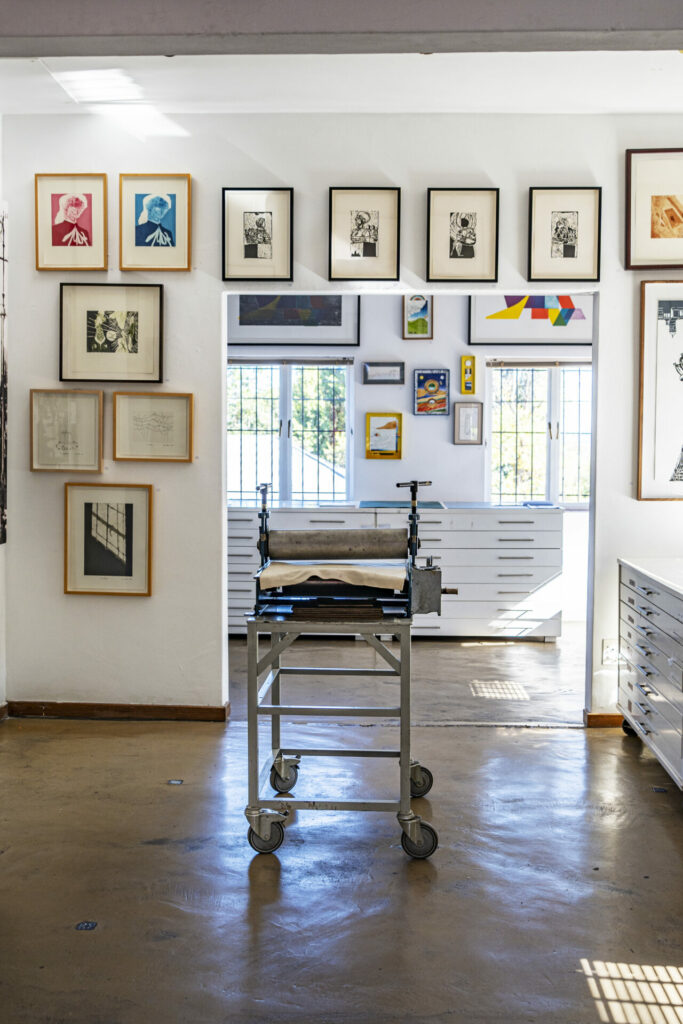
The city’s cultural scene is just as vibrant. During our stay, we visit David Krut Projects’ Blue House, a small art gallery with print and bookshops. We also take in a stunning Trevor Stuurman exhibition in a residential house presented by the Botho Project Space and the Strauss & Co auction house. With all manner of African art on display, it’s a great place to pick up a bargain piece to take or ship home.
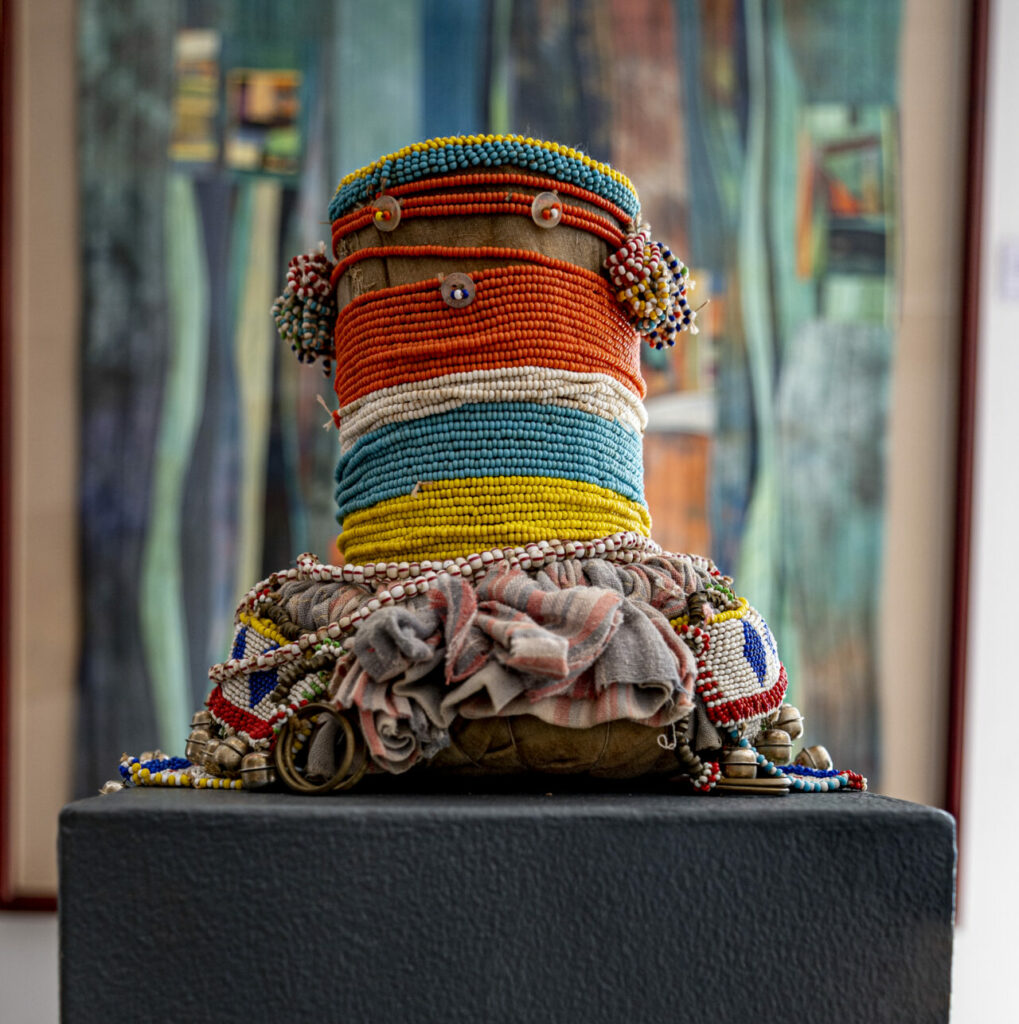
There are many other galleries worth exploring, but as we’re in the mood for some retail therapy, we visit 44 Stanley, a mix of independent shops and restaurants contained in a complex of leafy arcades and courtyards. For denim lovers, there’s Ifuku; for books and posters — such as that featuring the iconic cover of Drum, the first Black lifestyle magazine in Africa — Shop Baha is the place to go, while wine-lovers can pick up unique bottles at Voisin.
Dinner is in the basement of the Hallmark House Hotel, home of The Marabi Club, which is filled with reclaimed furnishings and timbers lit by filament bulbs. Marabi is the jazz movement created by the city’s Black residents in the 20s to entice people into the local bars when the township slums developed. We sample practically the entire menu of small plates and cannot fault any of the beautifully presented dishes. By the time we are halfway through the meal, we can’t help but get up and have a dance with the rest of the diners — even the chef comes out in his whites for a boogie.
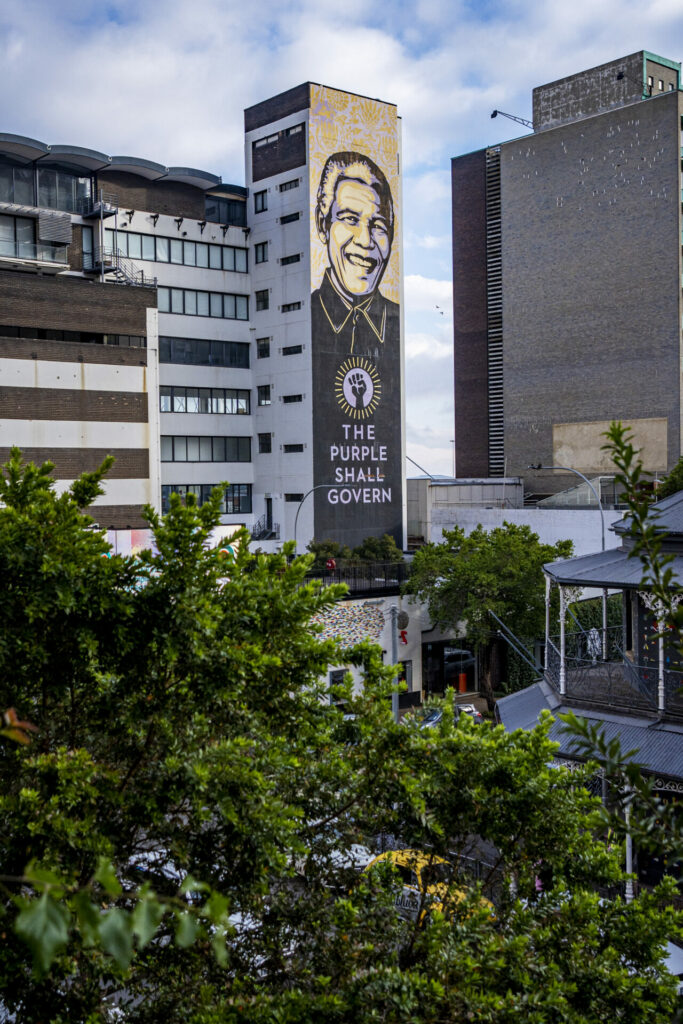
After such a short visit, it’s difficult to leave Johannesburg with more than a collection of intriguing snapshots. With extra time I would visit the township of Soweto for a more comprehensive experience of the city’s people and culture — the district even established its own separate Pride nearly two decades ago.
As we reflect on the trip, someone describes the differences between Johannesburg and the South African capital: “Cape Town is easy. Joburg is a puzzle; you really have to hunt down its treasures.” It certainly rings true: there’s a rich seam of discoveries still to be made in the ‘city of gold’.
shambalaprivategamereserve.co.za
Attitude flew with Virgin Atlantic which flies daily direct between London Heathrow and Johannesburg: virginatlantic.com
